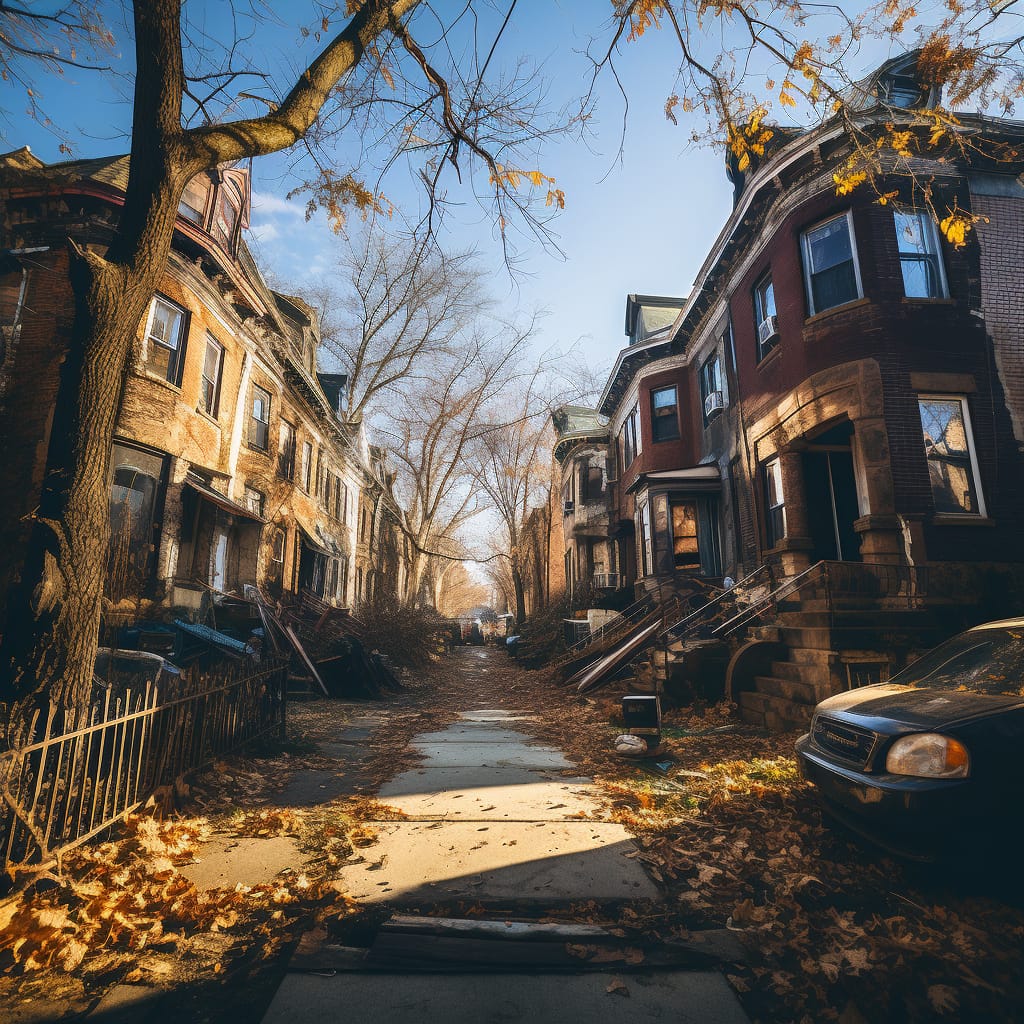Are These the Most Dangerous Neighborhoods in NYC?

New York City, known as "The City That Never Sleeps," is home to over 8 million people spread across five boroughs. While the city has a lot to offer, it's essential to be aware of its diverse neighborhoods and their varying crime rates. Here are some neighborhoods with historically higher crime rates, according to NYPD statistics. Remember, this doesn't mean they're bad neighborhoods. Every area has its ups and downs, and these statistics can change rapidly.
1. Brownsville, Brooklyn
Despite efforts to improve safety, Brownsville has struggled with crime rates higher than many other neighborhoods. However, it's also a community with strong resilience and a sense of unity among residents. Learn more about Brownsville.
2. South Bronx
The South Bronx has faced challenges with crime and poverty, but there's also a vibrant arts scene, and it's the birthplace of hip-hop culture. Efforts are ongoing to enhance safety and socio-economic conditions in the area. Read more about the South Bronx.
3. Bedford-Stuyvesant, Brooklyn
Commonly known as "Bed-Stuy," this neighborhood is renowned for its beautiful brownstone buildings and cultural significance. Despite a historically high crime rate, it has seen significant improvements and development over the past few years. Read more about Bed-Stuy's progress.
4. East Harlem, Manhattan
Also known as "El Barrio," East Harlem is a culturally rich neighborhood with a predominantly Latinx population. While the area has faced crime-related challenges, there's also a strong sense of community and an active effort to improve safety. Learn more about East Harlem.
5. New Brighton/Stapleton, Staten Island
These neighboring Staten Island communities have struggled with crime rates higher than other parts of the borough. Yet, they're also home to vibrant local businesses, parks, and waterfront views. Learn more about New Brighton and Stapleton.
While it's crucial to stay informed about crime rates and safety, it's equally important not to stigmatize neighborhoods based on these statistics alone. Every community is continuously evolving and working towards improvement, and every area has its unique, positive qualities.